The Most Beautiful Shots of Stanley Kubrick Movies
In the world of cinema, few directors have left as indelible a mark as Stanley Kubrick. Known for his meticulous craftsmanship, eye for detail, and groundbreaking visual style, Kubrick’s films have transcended the boundaries of conventional storytelling, achieving a near-mythical status in the annals of film history. This article delves into some of the most beautifully crafted and artistically significant scenes from Kubrick’s illustrious career. From the hypnotic depths of space in “2001: A Space Odyssey” to the eerie corridors of the Overlook Hotel in “The Shining,” each scene we explore is a testament to Kubrick’s genius in marrying visual artistry with cinematic storytelling.
These moments are not just visually stunning but are also imbued with deep thematic resonance, showcasing Kubrick’s unique ability to provoke thought and evoke emotion through his visionary lens. Join us as we journey through these masterful cinematic landscapes, examining the artistry and impact of Stanley Kubrick’s most memorable scenes.
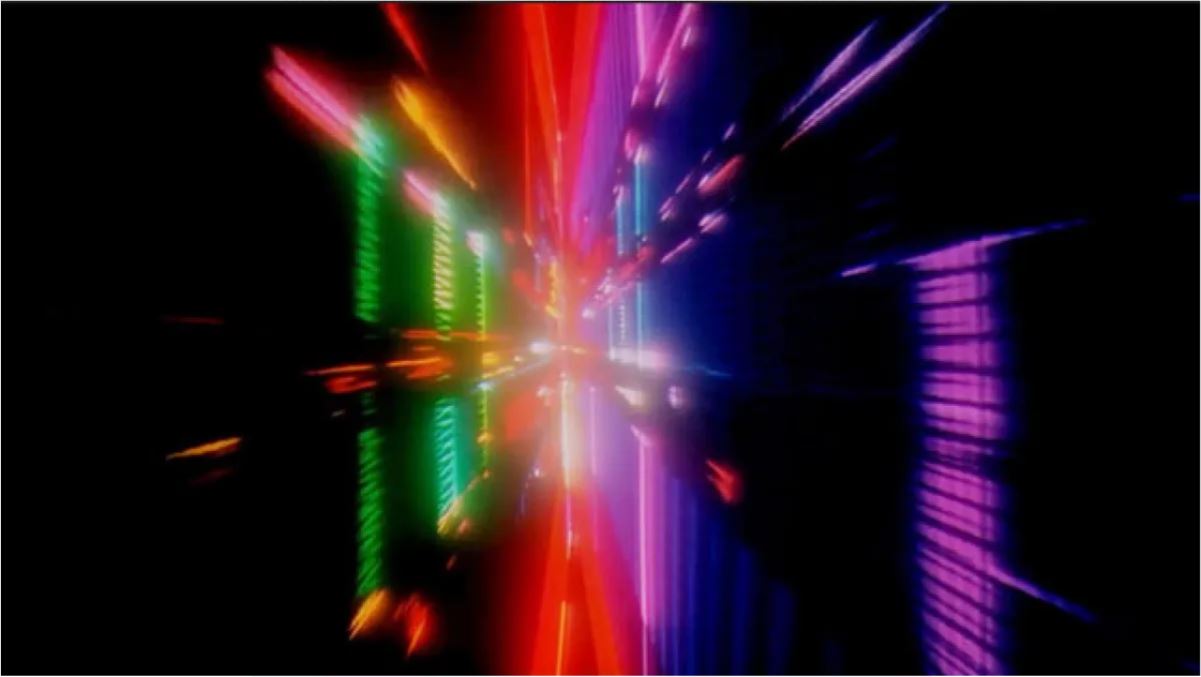
1. The Star Gate Sequence (2001: A Space Odyssey): This scene, where astronaut Dave Bowman travels through the monolith, is a hypnotic journey through time and space. The use of slit-scan photography creates a surreal, visually arresting tunnel of light and color, symbolizing a transformative journey beyond the known universe.

2. The Twins in the Hallway (The Shining): The eerie image of the Grady twins standing in the hallway of the Overlook Hotel, with its symmetrical composition and chilling atmosphere, is a masterful blend of horror and beauty. This shot has become one of the most iconic in horror cinema.
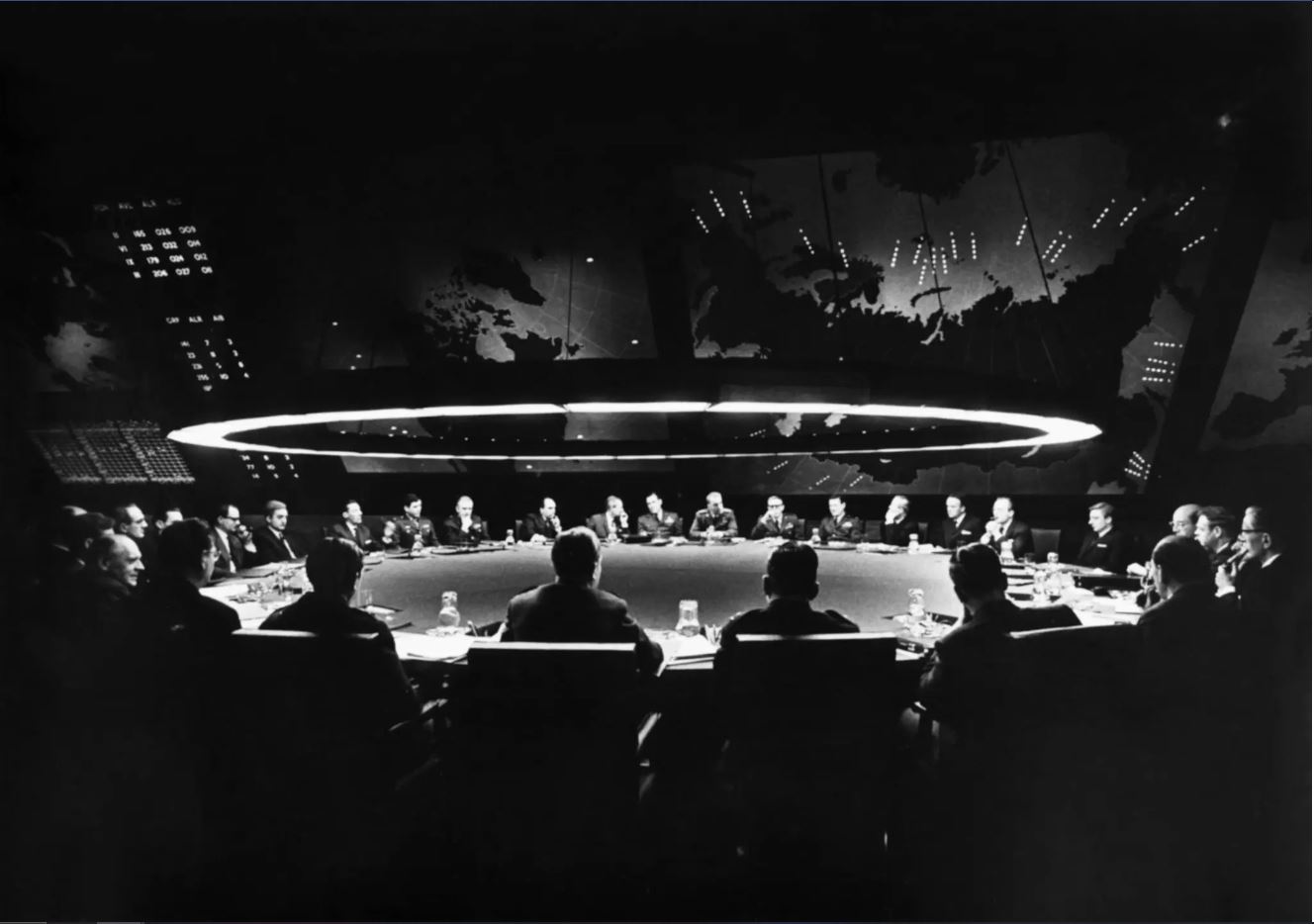
3. The War Room (Dr. Strangelove): The War Room scene, with its massive circular table and overhead lighting, creates a stark, dramatic aesthetic. The scene’s composition, emphasizing the isolation and tension of the characters, is a brilliant example of Kubrick’s ability to convey narrative through visuals.
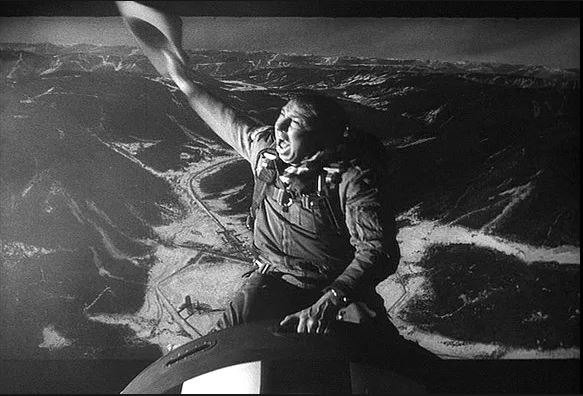
4. The Bomb Ride (Dr. Strangelove): Major Kong riding the bomb like a rodeo cowboy, with the bomb bay doors open beneath him, is a visually striking and darkly humorous image. It’s a powerful satire on the absurdity of nuclear war.

5. The Ballroom Photo (The Shining): The final shot of “The Shining,” where Jack Torrance is seen in an old photograph at the Overlook’s July 4th Ball in 1921, is haunting. The shot’s implication of a cyclic, eternal horror is both visually and thematically profound.

6. The Opening Shot (A Clockwork Orange): The film opens with a close-up of Alex’s sinister stare, slowly zooming out to reveal the Korova Milk Bar. The shot’s composition, with its bizarre mannequin decor and cold, eerie atmosphere, sets the tone for the film’s exploration of violence and dystopia.
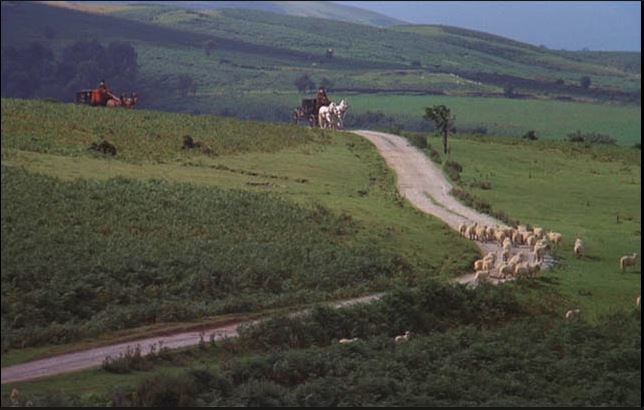
7. The Aerial Shots (Barry Lyndon): Kubrick’s use of natural lighting and long, panoramic shots in “Barry Lyndon” creates some of the most painterly visuals in cinema. The aerial shots, in particular, resembling landscape paintings, highlight the film’s emphasis on the beauty and brutality of 18th-century life.
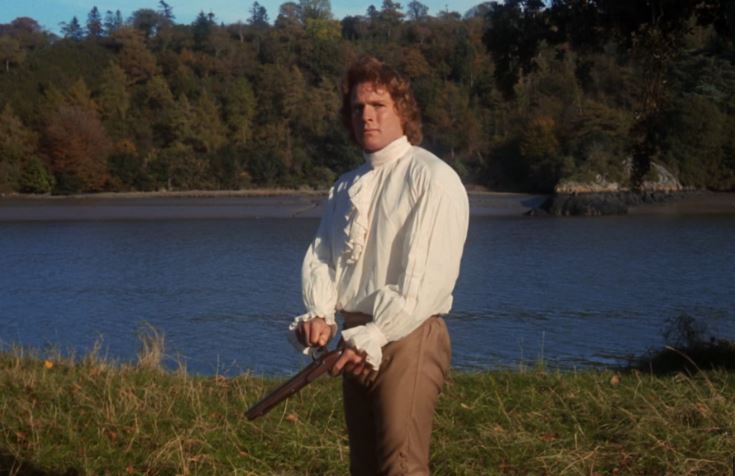
8. The Duel (Barry Lyndon): The duel scene, with its meticulously staged composition and natural lighting, evokes the style of 18th-century paintings. The tension and drama of the scene are enhanced by the visual artistry, making it a memorable moment in the film.
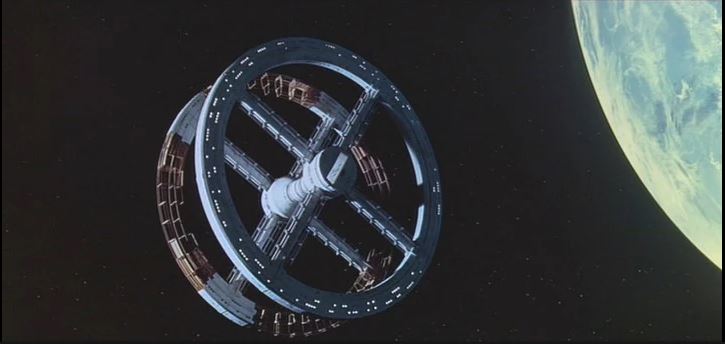
9. The Space Station (2001: A Space Odyssey): The shot of the rotating space station, set to the strains of Johann Strauss II’s “The Blue Danube,” is a marvel of visual and audio synchronization. It showcases Kubrick’s ability to fuse music and imagery to create an elegant and futuristic vision.
In conclusion, the cinematic genius of Stanley Kubrick remains unparalleled in its scope and impact. The scenes highlighted in this article are mere glimpses into his vast, visionary world, each one a masterpiece of visual storytelling and artistic expression. Kubrick’s meticulous attention to detail, combined with his bold narrative choices, created not just films but enduring works of art that continue to inspire and captivate audiences. His legacy is a reminder of the power of cinema to transcend the ordinary, challenge perceptions, and explore the depths of the human experience.
As we revisit these iconic scenes, we are reminded of the timeless nature of Kubrick’s work, and its enduring place in the pantheon of cinematic greatness. Stanley Kubrick didn’t just make movies; he crafted experiences that resonate across generations, forever altering the landscape of film.
Want more film shots that can’t be beaten? Check out our list of the most beautiful shots in Quentin Tarantino’s films!
